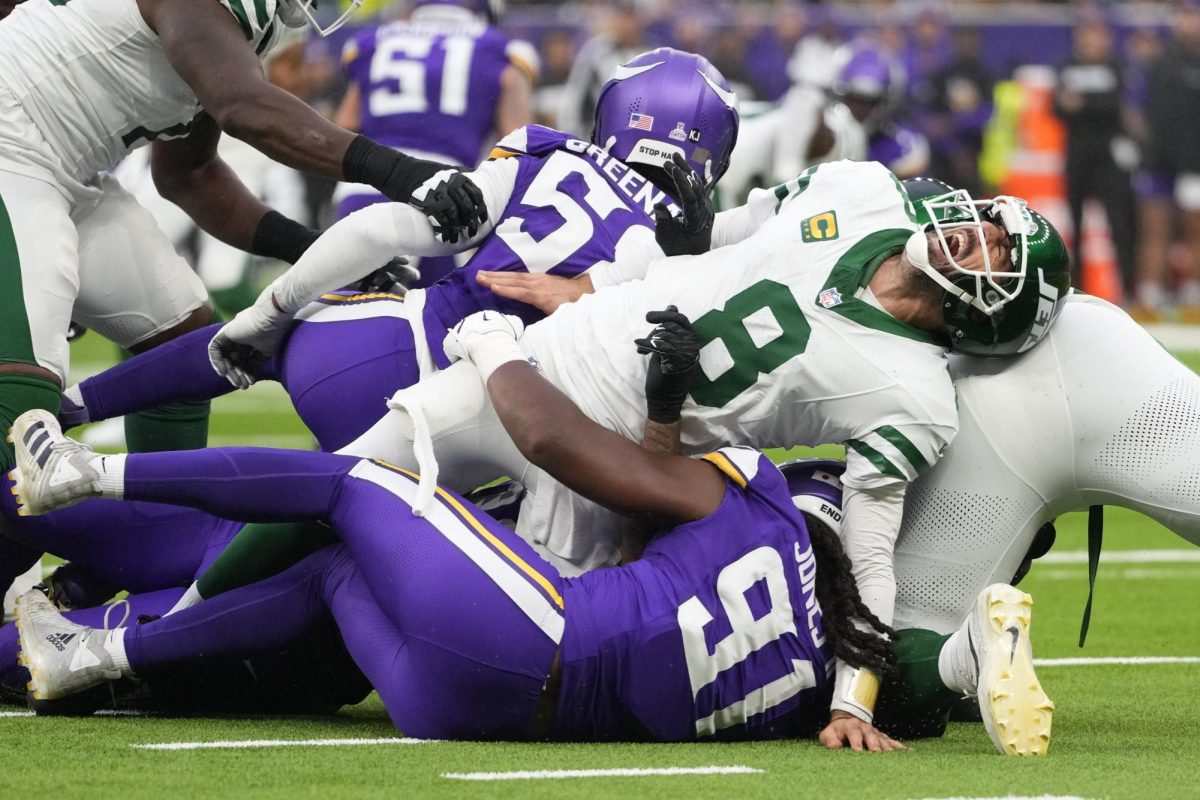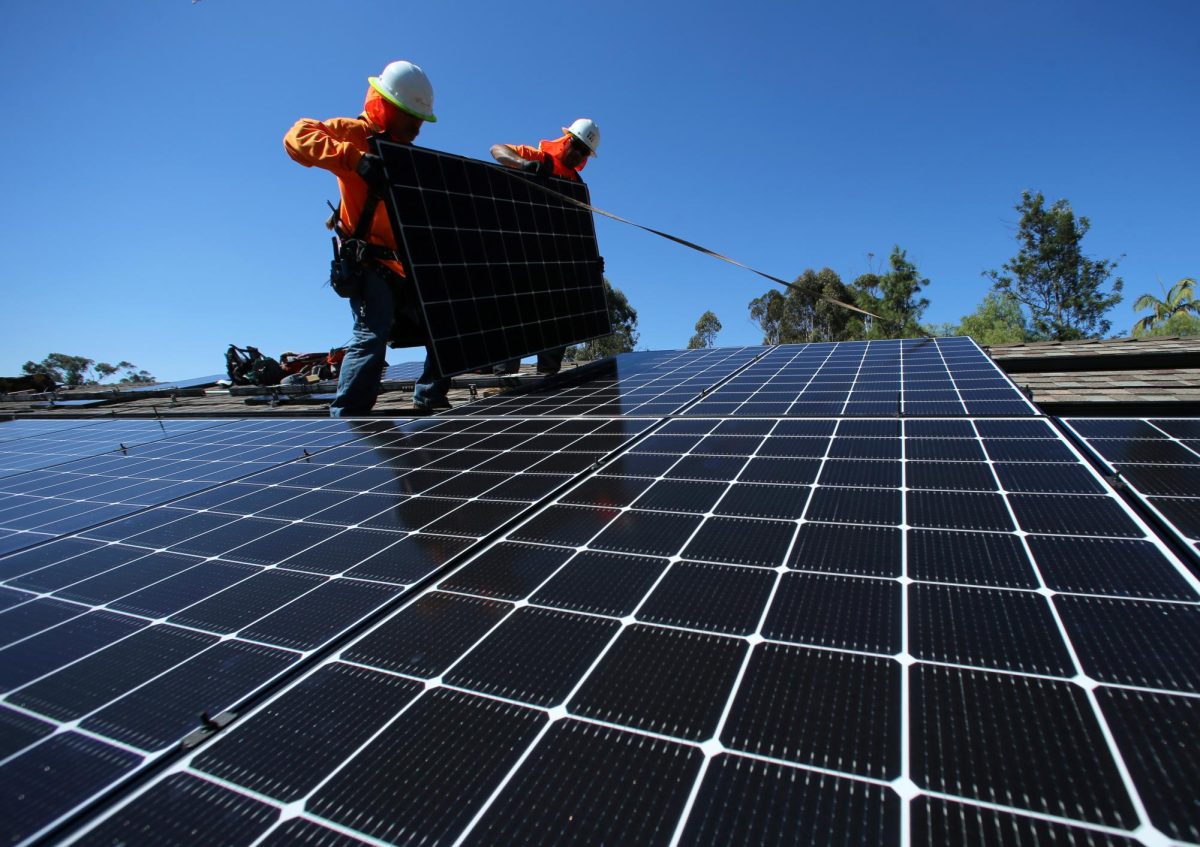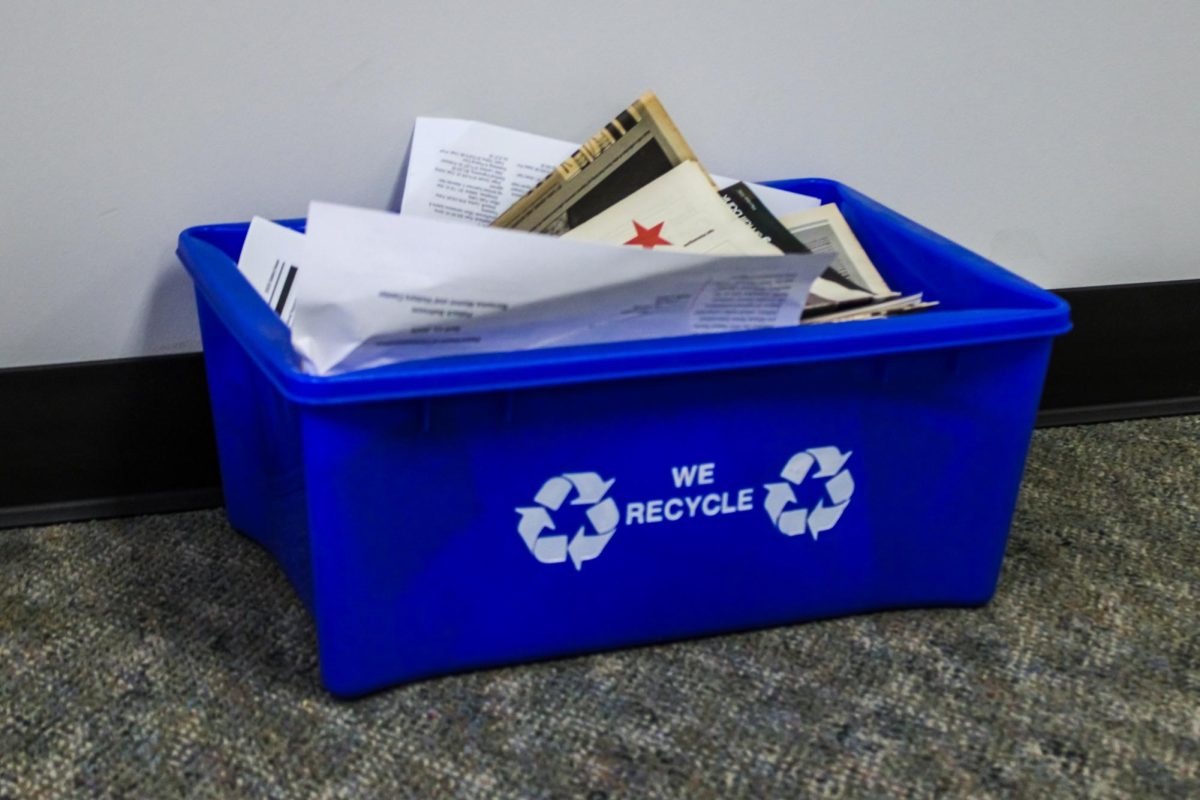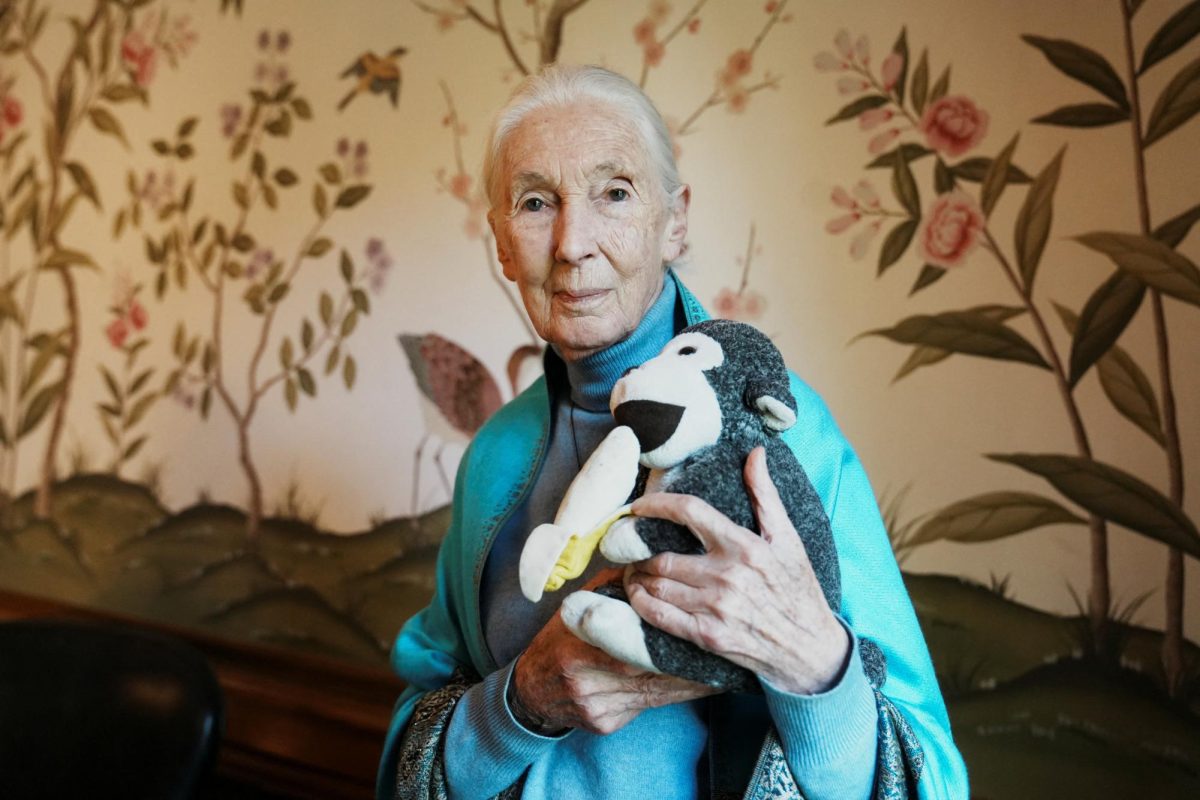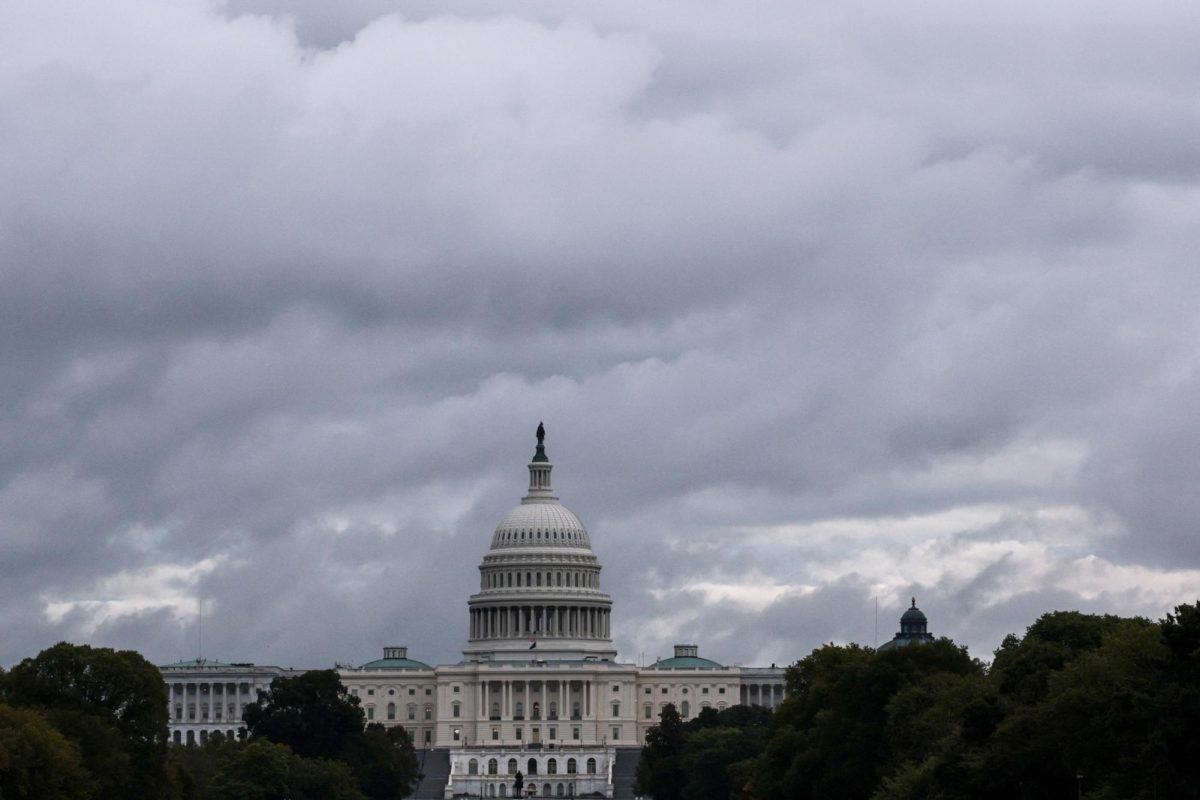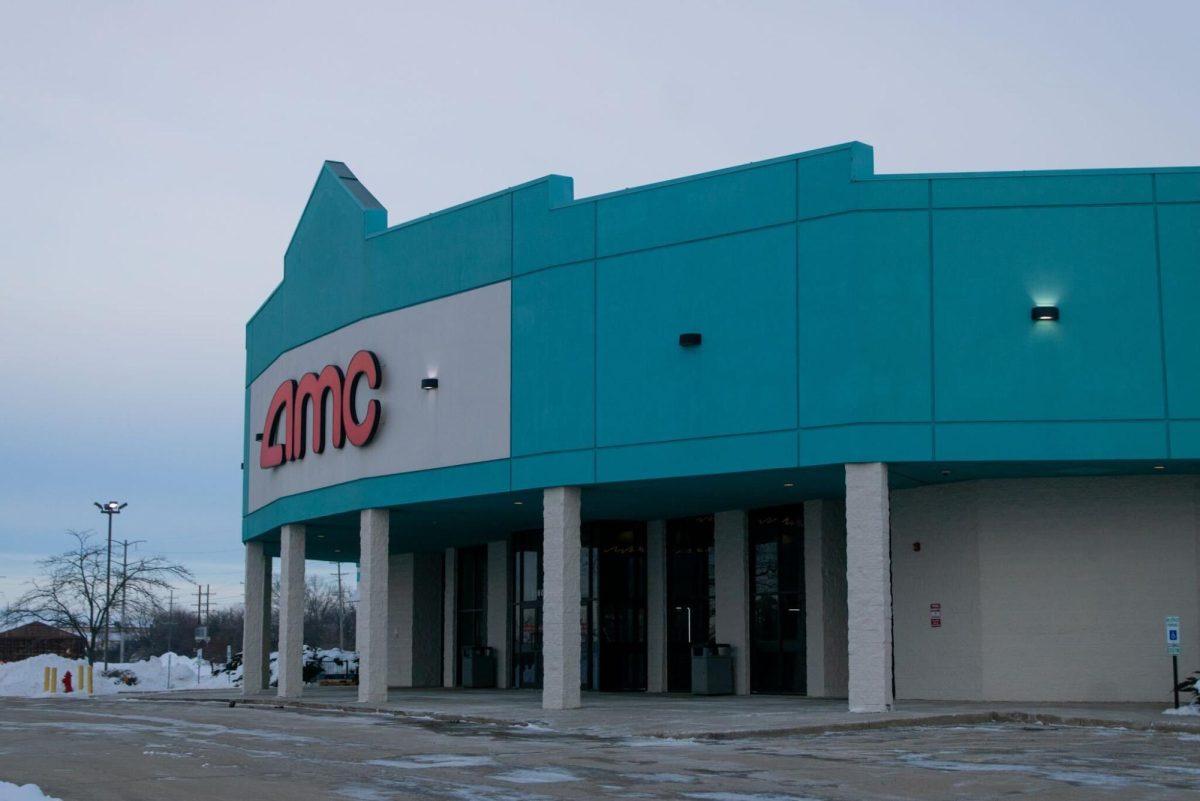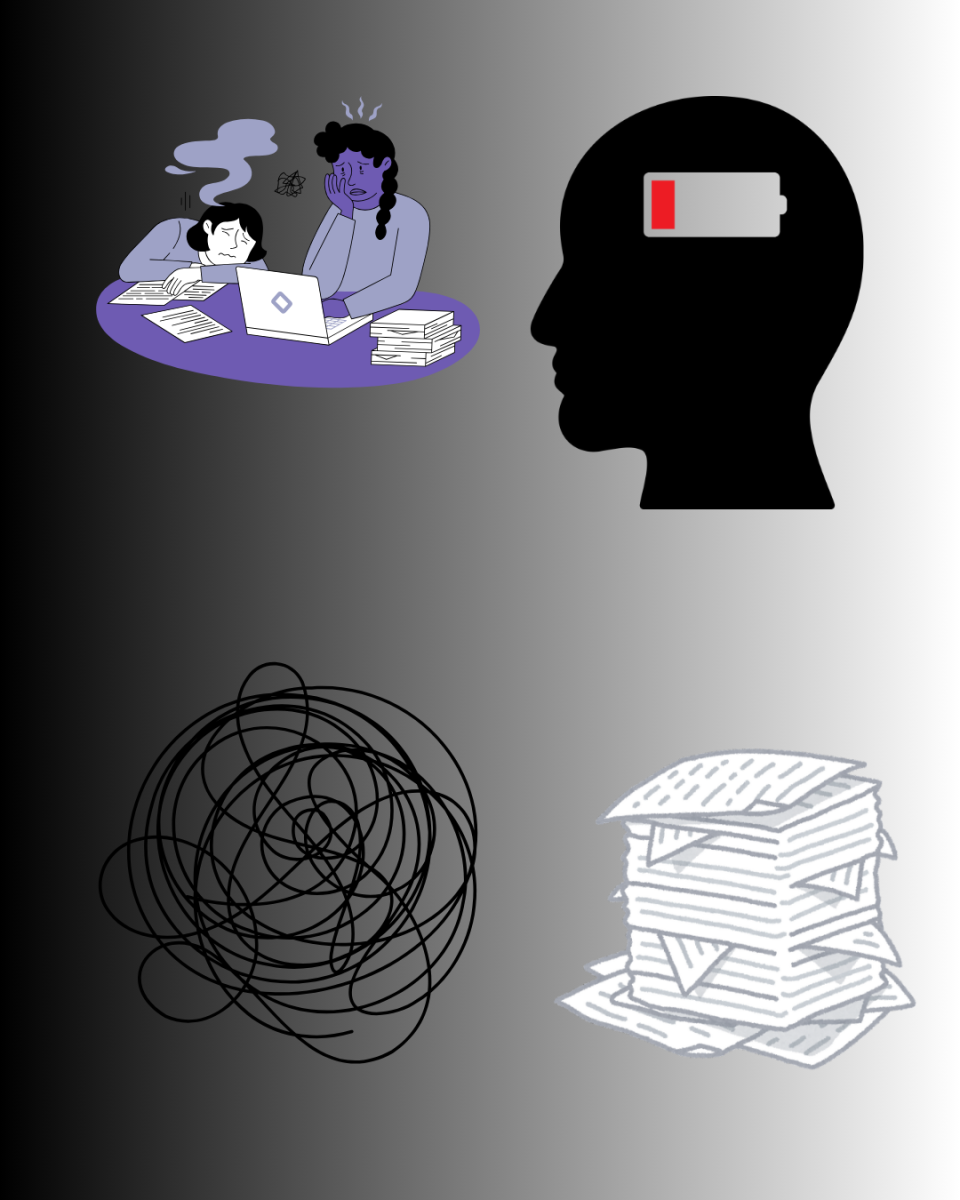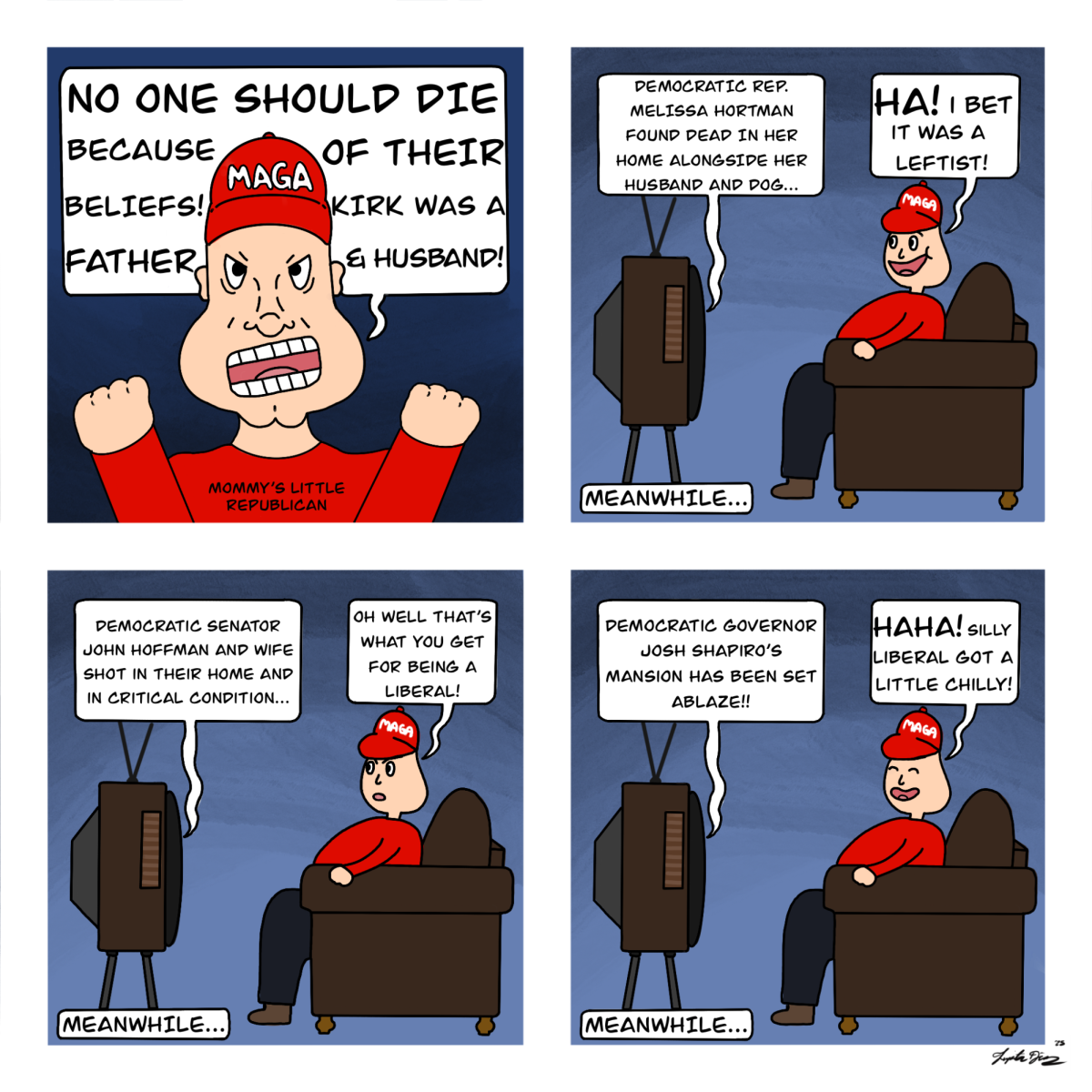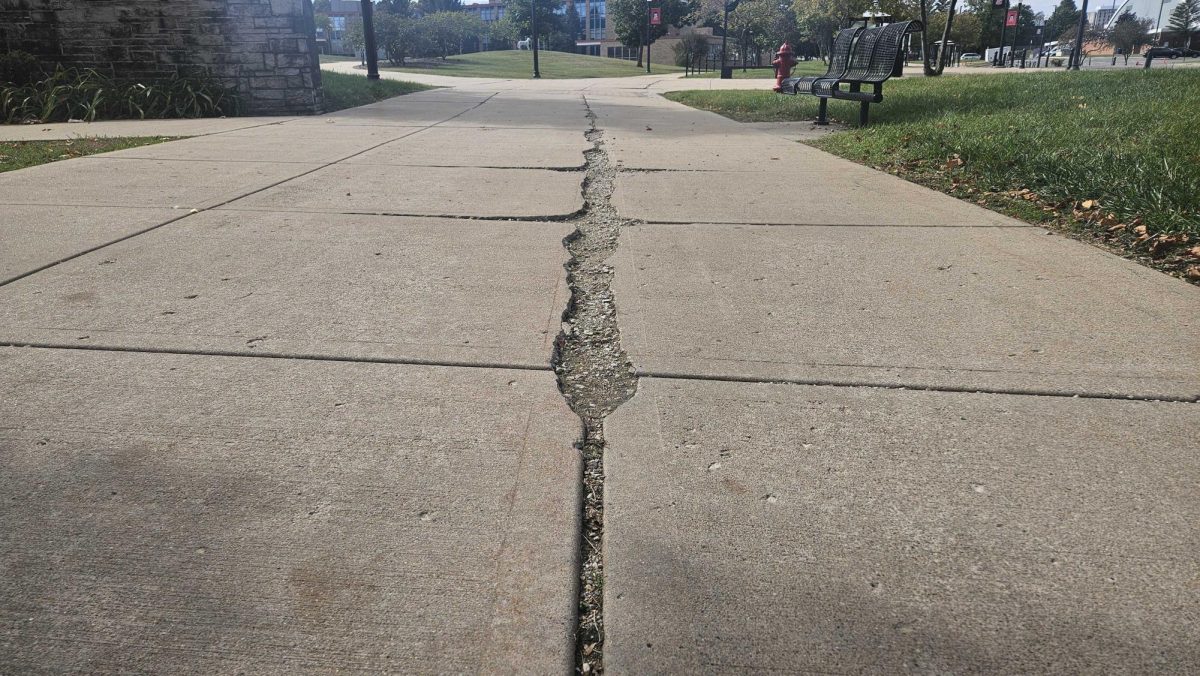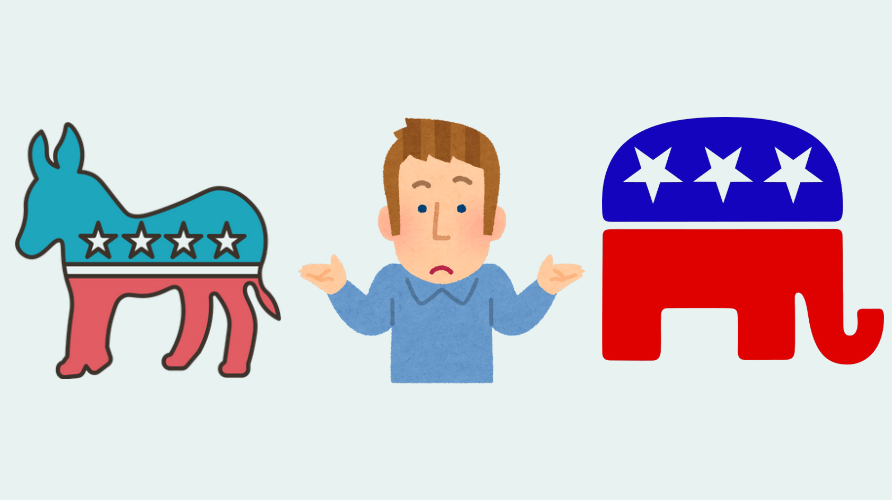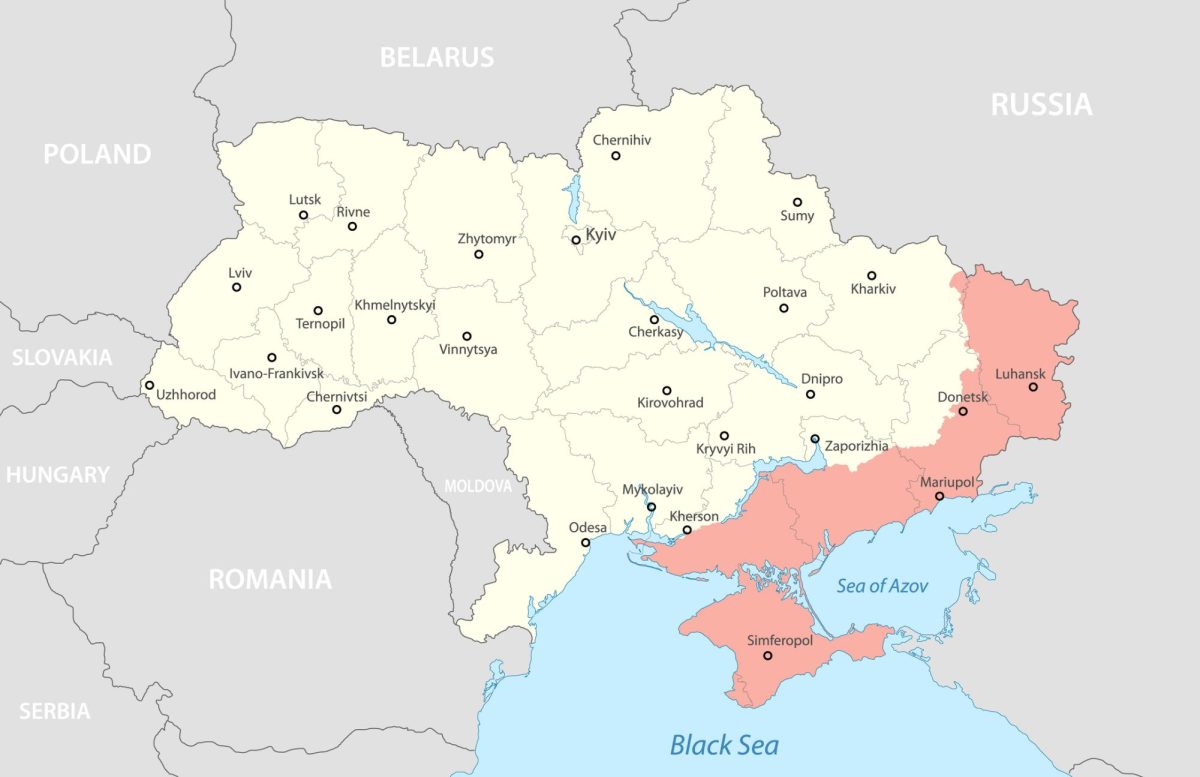Violence is a spectacle. From the ages of gladiatorial combat to the days of schoolyard brawls, the human mind has been fascinated with displays of raw physicality, unleashed in unpleasant ways. It’s a sick part of ourselves we’d rather not own up to, but remains there all the same. Why else, if not for this dark obsession, would football be the most popular sport in America?
Picture the days of the ancient Roman gladiators, clad in ornate armor, battling for the entertainment of the crowds watching them. Now, look at modern day football. Trade in the armor for some less fashionable pads, and you have a strikingly similar image. That’s because football players have become the new gladiators; stadiums have become the new coliseums, and the National Football League has become the new emperor, profiting off the bruising and bashing of bodies.
It’s no secret that football is a dangerous sport. In fact, with 1.5 million men estimated to be playing football each year, 1.2 million injuries are sustained from the sport, according to the National Library of Medicine.
This isn’t just an issue of inexperience either. There are currently more than 200 professional players listed on the NFL’s injured reserve, a report of players with injuries so severe they are required to sit out for a large chunk of the regular season. With each passing week, that number will only climb higher.
The distinction between severe and non-severe injuries is important, because many players continue to participate in games, even while suffering from complications.
Take, for example, quarterback Jordan Love of the Green Bay Packers, who suffered a sprained MCL during his season opener against the Philadelphia Eagles in São Paulo, Brazil. Love only recovered on the sidelines for two weeks before returning to the field to face off against the Minnesota Vikings, during which it became readily apparent that his injury was still affecting him.
This is not an abnormal practice, in fact, it’s an expected one. In the NFL, to further endanger yourself by playing through injury is considered gutsy and brave, rather than foolish.
Recently, the question of player safety was brought up once again after the quarterback for the Miami Dolphins, Tua Tagovailoa, suffered a brutal concussion during their game against the Buffalo Bills, the third severe concussion of his career. One concussion can cause enough problems, but three can be life destroying. With each subsequent concussion suffered, the chance of developing chronic traumatic encephalopathy (CTE), a disorder that causes exponential cell death in the brain, drastically increases.
With that in mind, one would assume Tagovailoa was let go and paid an exorbitant fee by the NFL. But no, the quarterback is set to return in week eight of the season, only six weeks after his potentially life-altering injury. Frankly, this should be illegal.
In cases of injury as severe as Tagovailoa’s, the NFL should stop being a business, if only for a moment, and look out for its athletes. Even if the player is adamant they return to the field, they should be told no. At the end of the day, football isn’t actually gladiatorial combat, it’s a game.
A person’s livelihood is more important than a team’s season record, more important than winning the Super Bowl and certainly more important than proving their grit. This much should be obvious, but to the NFL, it’s a puzzle they’ve failed to solve for the length of their existence.
Take the NFL’s relationship with helmets. Over the years, helmets have undergone a plethora of changes in design, from the iconic leather caps to the shiny polycarbonate of today. Theoretically, the NFL is constantly updating these helmets to address concerns about concussions and CTE, but that doesn’t exactly show through in the numbers. In fact, the numbers seem to be going up.
This is even more confounding when you place guardian caps into the equation, padding worn over football helmets meant to soften incoming blows. In the event of a collision, if both players involved were wearing guardian caps, the impact is reduced by a massive 15-35%, according to the Brain Injury Law Center. Guardian caps were created 14 years ago, yet they only became optional for players to use in this latest 2024 season.
Since then, only seven players have taken advantage of the guardian caps during preseason and regular season games.
Another concerning danger that continues to be a blind spot for the NFL is the number of stadiums opting to use artificial turf instead of grass for their fields. Artificial turf is undeniably a more dangerous option, causing 16% more injuries per play, but the NFL has made no moves to ban it from the 15 stadiums that utilize it.
A league-wide replacement of artificial turf with grass would rack up a high cost, and that’s money the league would much rather spend on brand deals and merchandising. Likewise, branding may explain why guardian caps aren’t required for every player to wear. Unfortunately, the caps themselves have an undeniably goofy look that compromises on the sleek, cutting edge image the NFL likes to project.
At least in this respect, the NFL values aesthetics over safety, because if the league really did have doubts about guardian caps, they wouldn’t have mandated their use during practice, the only non-televised part of the season.
Football will never be cured of risk, it’s just not possible without eliminating the physicality from the sport. Without the tackling, battering and slamming, audiences wouldn’t feel that thrill of danger course throughout them. The violence of football is its spectacle.
The technology and regulations necessary to curtail the NFL’s injury problem are out there, ready to be used, and yet the league continues to ignore them as they throw body after body at their fields. Until the NFL reevaluates where its priorities lie, professional football players will continue to be our gladiators: fighting for our entertainment, dying for our greed.


